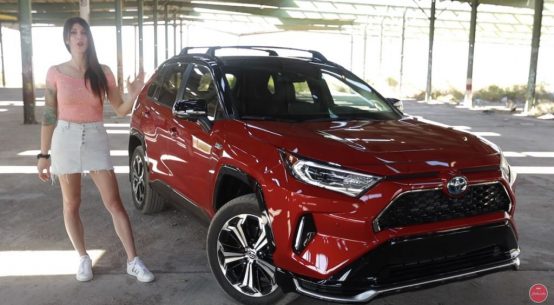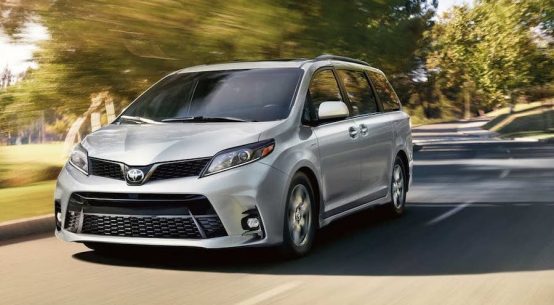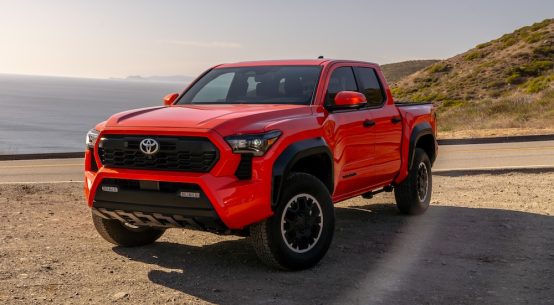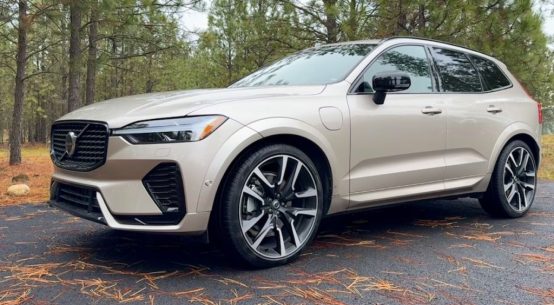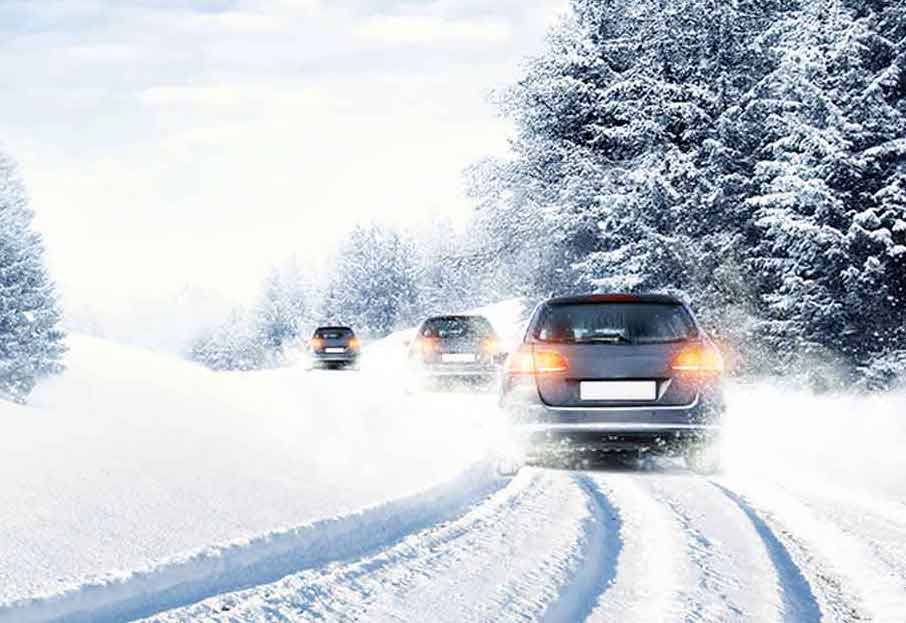
What should you do to your car before winter?
To prepare for the winter, there are a few things you can do in addition to stocking up on winter car essentials. If your car is due for maintenance, take it in before winter arrives. This will give you the assurance that your engine, brakes, and other systems are working smoothly.
Consider switching to winter tires. Once they’re installed, use a tire pressure gauge and air compressor to set and maintain the correct PSI. Winter temperatures can cause tire pressure to fluctuate more than in the warmer months. Along with that, make sure you have a good spare tire with all the correct parts.
You should also fill your windshield washer fluid reservoir with fluid that contains anti-freeze or de-icer. You can even purchase windshield wipers specifically meant for the winter.
Especially if you’re going to be dealing with subzero temperatures, it is important to get a car battery with high CCA (cold-cranking amps) to ensure your car will start in the cold.
Why do I need to keep my gas tank at least half-full during winter?
If your gas tank falls below half a tank during the winter, you run the risk of your gas line freezing up. A full tank reduces condensation and thus reduces the risk of your gas line freezing. Along with that, if you were to ever get stuck in the snow, you will want plenty of gas so you can keep your car on with the heat running.
How do I drive safely in the snow and ice?
To drive safely in the snow, it is important to know exactly how to remain safe in all snowy and icy conditions.
The main tips for driving safely in the snow include:
- Drive slowly to keep traction throughout the drive.
- Don’t stop midway when driving up a hill. Continue to drive slowly at a consistent speed.
- Familiarize yourself with your brakes.
- Take turns slowly and attentively.
- Accelerate and decelerate slowly.
- Leave plenty of space between you and the car in front of you.
How do I open a frozen car door?
There are numerous approaches to opening a frozen car door. In their how-to guide, Autowise outlines the three most popular and user-friendly methods.
In short, the three methods are:
- Method 1: Use warm water (NOT hot water) in a pitcher and then wipe the handle off with a towel.
- Method 2: Use an ice scraper
- Method 3: Use a de-icing spray or another lubricant
Are tire chains a better option than snow tires?
Tire chains are effective for snowy and icy conditions, but they are best for mountain driving at speeds no faster than 30 mph. If you are planning to drive on the highway in snowy conditions, chains are probably not the way to go because they can lead to damage on both the road and your tires if you exceed 30 mph. Tire chains need to be installed and removed as road conditions change.
Snow tires are specifically designed to not only drive in snow and ice but also to perform effectively at high-speeds. Snow tires can be installed at the beginning of winter and left on all season.
Chains should not be looked at as a substitute for snow tires, but they can be a good option to have on hand for intense weather conditions. Chains can also be used alongside snow tires in extreme conditions.
What are the benefits of letting my car warm up before driving it in the winter?
Turning your car on and letting it idle and warm up before you drive has numerous benefits. The main benefit is that this allows your engine oil to heat up and thus flow more smoothly when you actually begin to drive. Especially in the winter, your engine or car battery is more prone to damage in the cold. We recommend turning your car on before you scrape the snow or ice off of the car with an ice-scraper. This way, once you are done de-icing your exterior, your car should be ready to drive.


